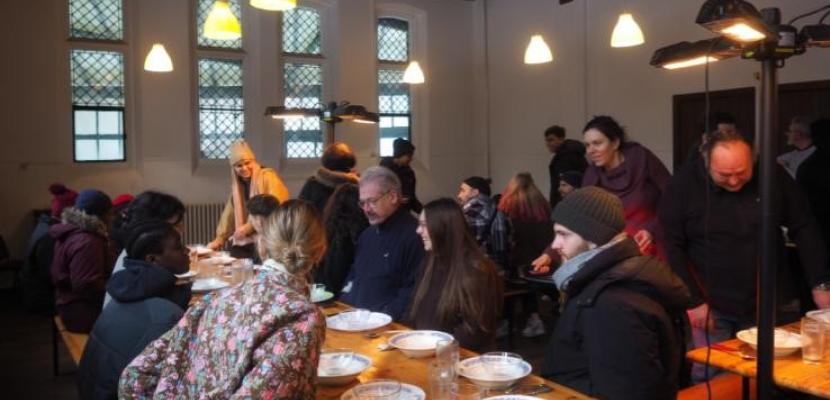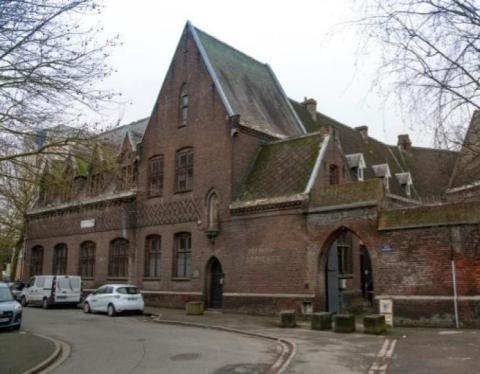
Temporary occupancy of the Couvent des Clarisses

About this good practice
In 2008, the last nuns vacated the Couvent des Clarisses, a listed historical monument. After acquiring the property, the City of Roubaix aimed to repurpose it in accordance with its local zero-waste and circular economy policies. Following several failed attempts, a 2019 call for projects sought to transform the convent into a dynamic community hub.
A “precarious occupation contract” between the City and the call winners (Zerm, and Yes We Camp) allowed flexible use of the space, enabling architectural permanence and collaboration. This contract facilitated workshops, temporary residences, and experiments, gradually transforming the convent into a vibrant hub and inspiring similar projects elsewhere.
For historical monuments, the slightest alteration that is not maintenance, ordinary repair or safety work is subject to a process that could be very long and complex. To face these difficulties the project stakeholders designed a series of legal mechanisms to enable the gradual reactivation of the site.
The City of Roubaix granted a lease to the Zerm collective to occupy the Monastery of the Clarisses, exempting them from rent as long as they don't generate a profit. This contract, developed in collaboration with the Regional Director of Cultural Affairs (DRAC), forms the foundation of the “architectural permanence” established, from which the other tools are derived as the “heritage mandate”.
Expert opinion
Resources needed
AMU - feasibility study: €99,900
Subsidies from
Tremplin Asso to Yes We Camp - 300,000€, of which 150,000€ for investment on the site - managed by Zerm, 150,000€ for Yes We Camp
City of Roubaix - 500,000€
French State - 200,000€
Hauts-de-France Region - 25,000€
Lille (MEL) - 20,000€
Zerm 450,000€
Evidence of success
Through the temporary occupation of the site, ZERM was able to develop a series of activities in collaboration with the inhabitants to reactivate and rebuild the place. The monastery now houses a 15-room guesthouses as well as workshops and office spaces hosting 23 organizations across various fields. It also offers a public program that includes exhibitions, tours, workshops, concerts, and more. The work carried out has helped halt deterioration and revitalize 70% of the 6,500 m².
Potential for learning or transfer
The case highlights the potential of these spaces to become urban laboratories for experimentation. In fact, the project's trajectory has led to the emergence of new questions regarding rehabilitation methods, as well as environmental awareness and mediation strategies for inhabitants, as well as research projects. Indeed, in the new phase of the project, the experiments will be supported by a scientific backing in order to adapt the transformations and duplicate them for similar buildings.
The implementation of heritage mandates has simplified the procedures for development and rehabilitation in historic sites. Working closely with a variety of stakeholders has helped establish a framework specifically tailored to this heritage context, with a governance structure and functional tools that have high potential for replication. This type of contractual arrangement offers property owners of heritage sites the opportunity to undertake gradual transformations in an incremental manner.
Further information
Images





